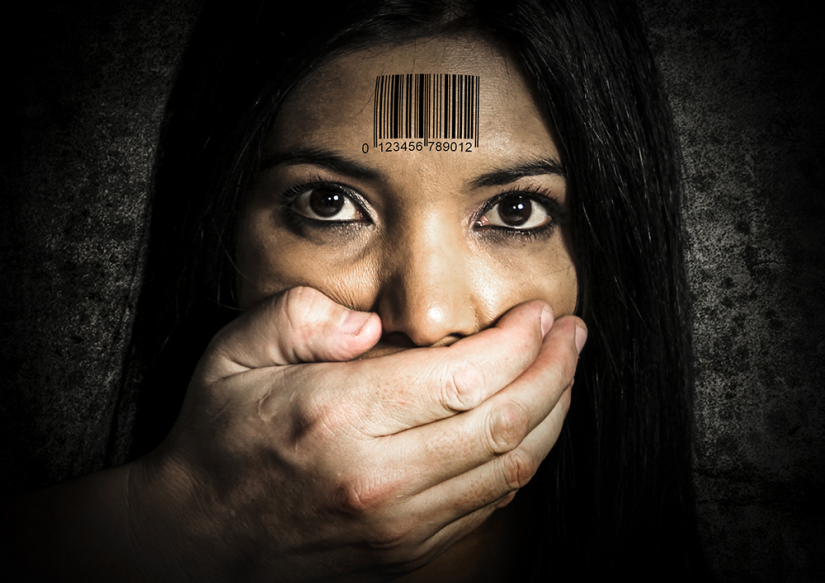What constitutes human trafficking and who is defined as a victim continues to be a vexing international issue.
Voluntary victims

Despite acknowledging the problem, it took years for the international community to agree on what constitutes trafficking of human beings.
A consensus on the meaning of the term was only reached in 2000 – in the United Nations Trafficking Protocol, widely known as the Palermo Protocol – but it was woefully inadequate.
What resulted was an inaccurate, ill-defined and cumbersome definition that fails to accord with the realities of human trafficking.
UTS Law academic, Ramona Vijeyarasa has been researching the course of the international legal community’s attempts to grapple with the definitions as well as the law and civil society’s response.
Dr Vijeyarasa says narrow and stereotypical definitions of trafficking have led to many people being overlooked.
In its efforts to define and regulate, the Trafficking Protocol succeeded in leaving far too many outside the scope of its definitions – effectively erasing from the law those individuals who fall outside the narrowly constructed category of victim.
Since 2000, there have been two further attempts to broaden and refine the definitions to help inform both international and domestic guidelines: a model law and a set of global indicators.
Dr Vijeyarasa has looked at the changes and improvements but still believes there is a reluctance to accept that many victims do not start out being trafficked. In fact, they willingly leave their home destination to seek work and life opportunities elsewhere. It is only when they reach their destination that their circumstances change.
There is too much emphasis on the use of coercive or forced practices at the point of origin rather than the more realistic scenario of deception, fraud and exploitation at the destination.
Domestic legislation enacted based on international norms needs to recognise that some people make a choice. They do not start out being ‘trafficked’ but fall victim to exploitation once they reach their destination.
‘If legal definitions remain too narrow then we cannot hope to obtain justice for these ‘exploited migrants’ or ‘voluntary victims’.
Further reading
- A move in the Right Direction? The Model Law against Trafficking in Persons and the ILO Operational Indicators. - Ramona Vijeyarasa, International Migration, ISSN 0020-798
If you are interested in undertaking research on this topic, take a look at our postgraduate law research degrees.
